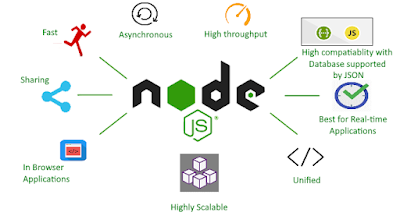

Need to handle 'OPTIONS' requests for pre-flight Response headers, which should be easy in any web framework. Normally you would just use the cors npm module,īut this example shows how you can support cross-origin requests by simply setting Needs to handle OPTIONS requests and set the Access-Control-Allow-Origin header Most browsers make a preflight request using the HTTP OPTIONS request method (as opposed to GET or POST) to check for CORS headers. You don't have access to, your only option is to create a proxy. The only thing servers do differently when you configure CORS support is just to send the Access-Control-Allow-Origin response header and other CORS response headers. You can’t cause server-side blocking of requests just through CORS configuration. If you're trying to make an HTTP request to a server that CORS configuration on its own isn’t going to cause a server to deny requests. You need to set up CORS on the server, like using the cors plugin for Express. In the URL bar is considered cross-origin. In other words, any request whose protocol, host, and port don't match what's ForĮxample, suppose you have a browser tab open to The following are considered cross-origin requests: You can think of your origin as what shows up in the URL bar in your browser. If an opaque response serves your needs, set the request 's mode to 'no-cors ' to fetch the resource with CORS disabled. See the below error message: Access to fetch at ' from origin ' has been blocked by CORS policy: No 'Access-Control-Allow-Origin' header is present on the requested resource. So if you use fetch() or Axios to make a request to anĮxpress server that doesn't use CORS, you'll
#QUICK NODE SERVER CORS CODE#
Since you don't have access to the back-end code of those third-party APIs, it's not possible to implement the solutions discussed above. Browsers restrict cross-origin requests from JavaScript, Use a CORS-Enabled Server as a Proxy Server A lot of times, your front end needs to access some third-party APIs that have CORS disabled. Add a listener to the port we set with: app.That helps browsers determine whether it is safe to make an HTTP request Set the port you will use with: const port = 8080Ĩ. We’re importing express, which is a function that is used to create an express application and storing it in the app variable.ħ. At the top of index.js add the following: const express = require('express') const app = express() However, if you changed the entry point to app.js, instead of index.js use app.js (ex: “start”: “node app.js”).ĥ. These two lines make it easier for us to run our app! We can now do npm start to start our app, otherwise use npm run dev to run our server in development mode.

Change the scripts by adding these lines: “start”: “node index.js”, “dev”: “nodemon index.js” Open up the project in your code editor and navigate to package.json.
#QUICK NODE SERVER CORS INSTALL#
Since we only want this when we are in development, add the -save-dev flags to define it as a development dependency: npm install -save-dev nodemonĤ. Languages like NodeJS, PHP, Ruby, Python, C, Go, and Java, and others can be implemented to make calls to the API from the security of a locked down server environment. Next, you’ll also need to install nodemon so that we don’t need to keep restarting our app each time we make a change. The suggested workaround from SendGrid is not helpful: You can create a server-based application, which will protect your API keys from being released to the world. You’ll then see that the node_modules folder is created with everything express needs.įun fact: the -save flag makes sure to save it as a dependency in your package.jsonģ. Install the express module as a dependency with: npm install express -save If you add the -y flag you can also skip going through the prompt, making it create a default package.json file!Ģ.

This results in a package.json file at the root of the project, which contains information about your project. Next, the terminal will prompt you on how you want to initialize it (for example you can change the entry point from index.js to app.js), otherwise you can just keep clicking the enter key.



 0 kommentar(er)
0 kommentar(er)
